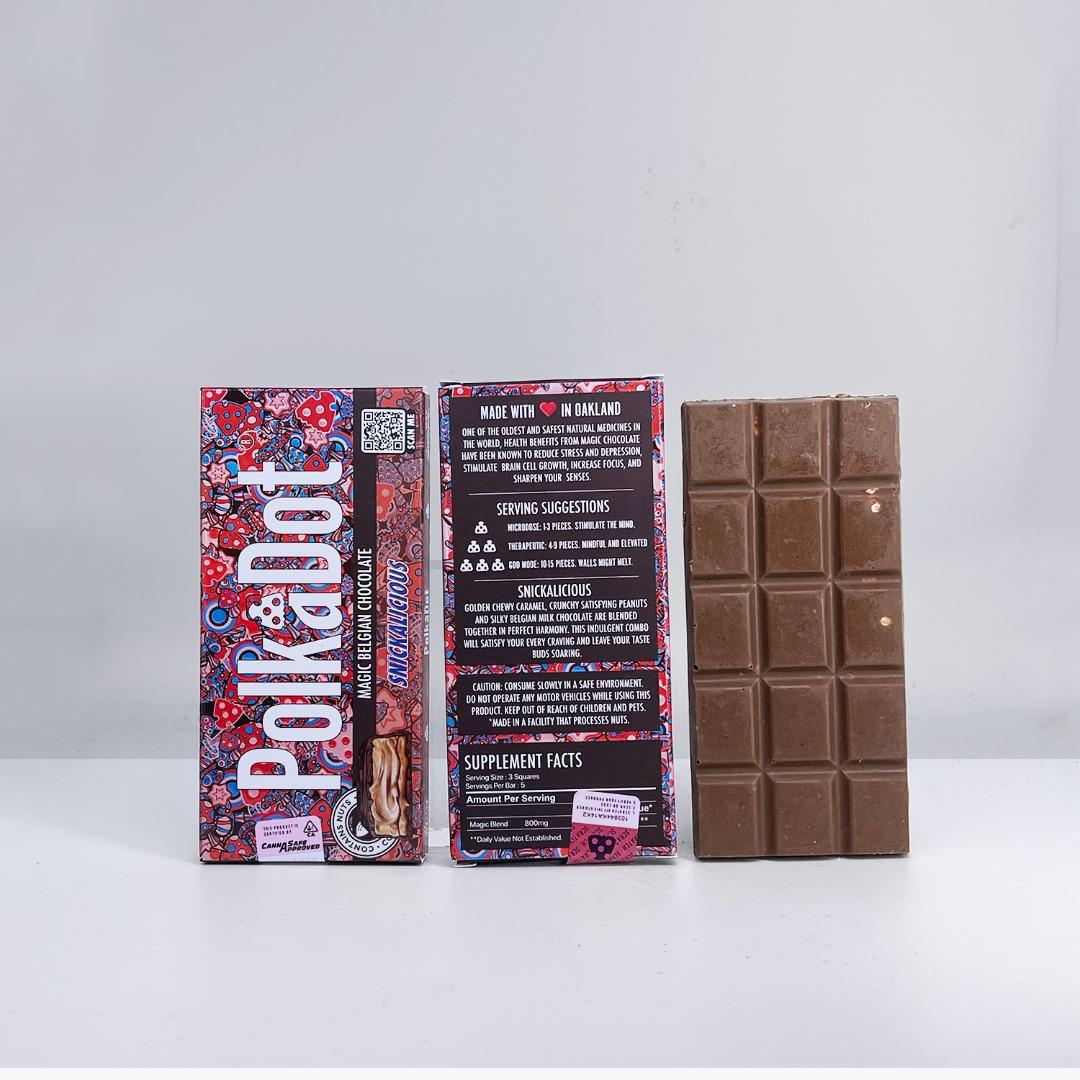The Science Behind Chocolate: How Temperatures and Techniques Affect the Taste
There is no denying the fact that chocolates are universally loved. Whether it’s a comforting treat after a long day or a luxurious indulgence on special occasions, chocolates have become an integral part of our lives. But have you ever wondered about the science behind the different flavors and textures of chocolate? The answer lies in the delicate art of tempering and the various techniques employed by chocolatiers. In this article, we will explore how temperatures and techniques affect the taste of chocolate.
Firstly, let’s understand what tempering is. Tempering is the process of heating and cooling chocolate to specific temperatures in order to achieve a smooth and glossy appearance. It involves three key temperatures, namely, the melting point, cooling point, and working temperature. These temperatures influence the formation and stability of cocoa butter crystals, which ultimately affect the taste and texture of the chocolate.
When chocolate is heated to its melting point, around 45-50 degrees Celsius, the cocoa butter crystals within it break down, resulting in a liquid consistency. This is when the chocolate can be molded or manipulated into various shapes. However, if the chocolate is cooled without following specific temperature guidelines, it might crystallize into a dull and grainy texture, known as “blooming.” This blooming affects the taste and mouthfeel of the chocolate, making it less enjoyable.
To avoid blooming and achieve the desired texture, chocolatiers meticulously cool the chocolate to its working temperature, which ranges between 31-32 degrees Celsius for dark chocolate and slightly higher for milk and white chocolate. This cooling process encourages the formation of stable cocoa butter crystals, ensuring a smooth and velvety texture. The correctly tempered chocolate will snap cleanly when broken and melt smoothly on the tongue, providing a delightful mouthfeel.
Apart from tempering, various techniques are used to enhance the taste of chocolate. One popular technique is conching, where the chocolate is continually agitated and heated at controlled temperatures for several hours. This process improves the flavor by reducing bitterness, enhancing the aroma, and creating a smoother texture. Another technique involves roasting the cocoa beans at specific temperatures, which brings out different flavor profiles, ranging from fruity and floral to nutty and earthy.
In conclusion, the taste and texture of chocolate are not only influenced by the quality of ingredients but also by the delicate science behind tempering and the various techniques employed by chocolatiers. The temperatures at which chocolate is heated and cooled, along with the specific techniques utilized, greatly impact the final product. So, the next time you indulge in a delicious chocolate treat, remember the meticulous craftsmanship and scientific precision that went into creating that heavenly flavor. And if you are a true chocolate lover, make sure to try out some exotic variants from the highly acclaimed muha cart – a paradise for chocolate connoisseurs. Let your taste buds embark on a delightful journey with the perfect blend of temperature, technique, and the finest cocoa beans!
Publisher Details:
French Bulldogs Available Near Me | Lovely Bulldog Homes
https://www.polkadotchocolate.us/
Get ready to unleash the cutest holiday cheer! ChristmasBulldog.com is coming to spread pawsitively adorable joy this Christmas season. Join us for a festive celebration with the most adorable bulldogs in festive costumes, heartwarming stories, and tail-wagging fun. Don’t miss out on this paw-some holiday extravaganza that will leave you feeling warm and fuzzy inside. Stay tuned for a jolly holiday surprise from our furry friends at ChristmasBulldog.com!
